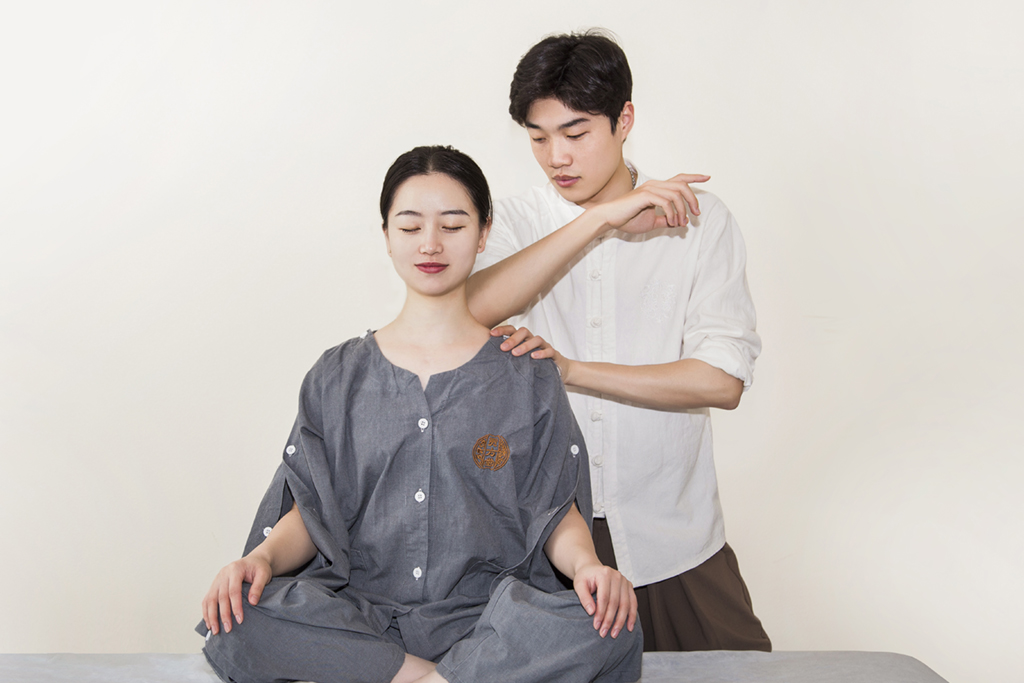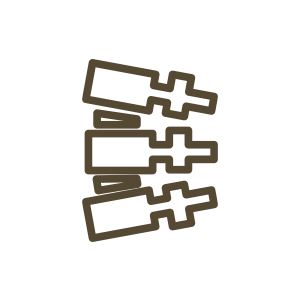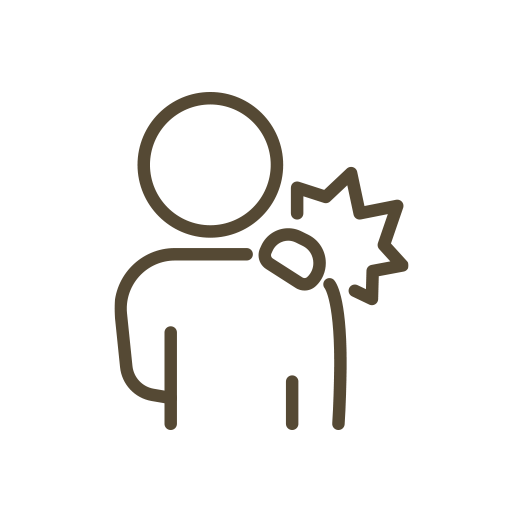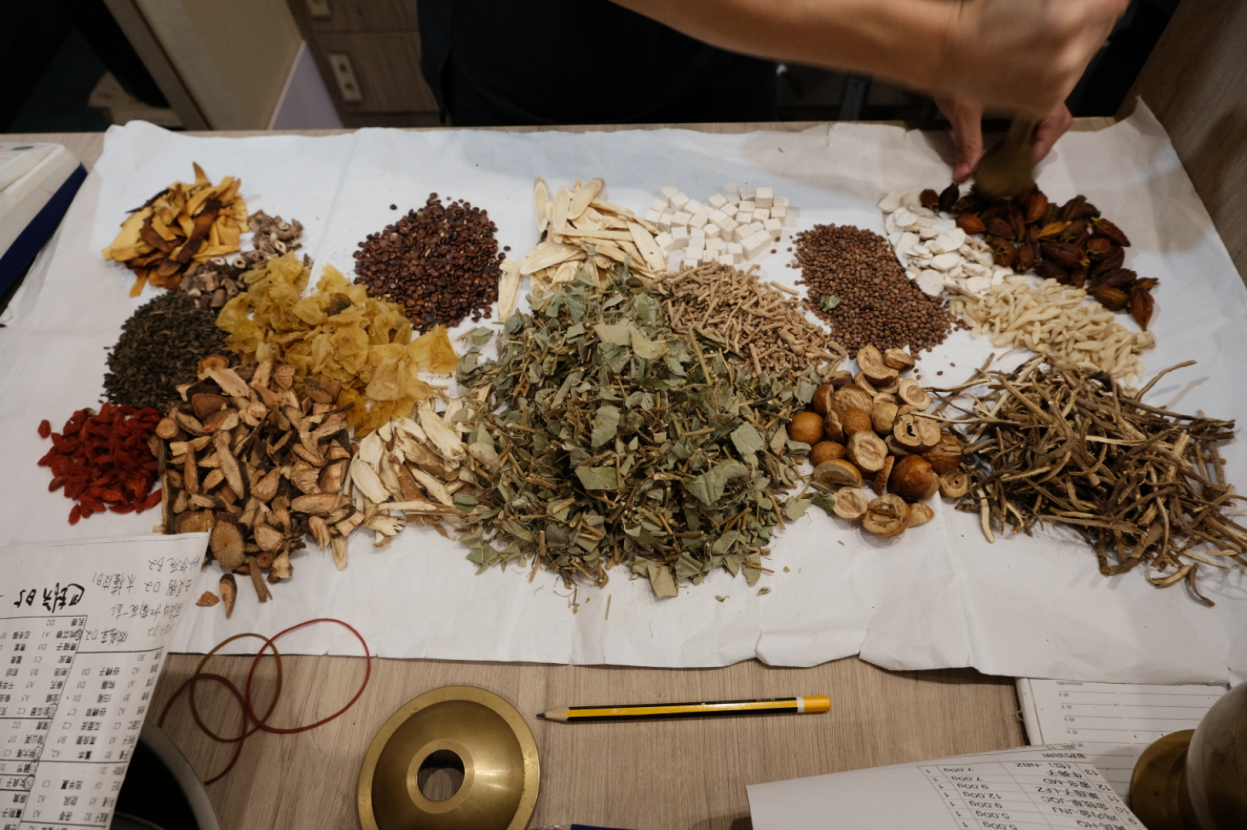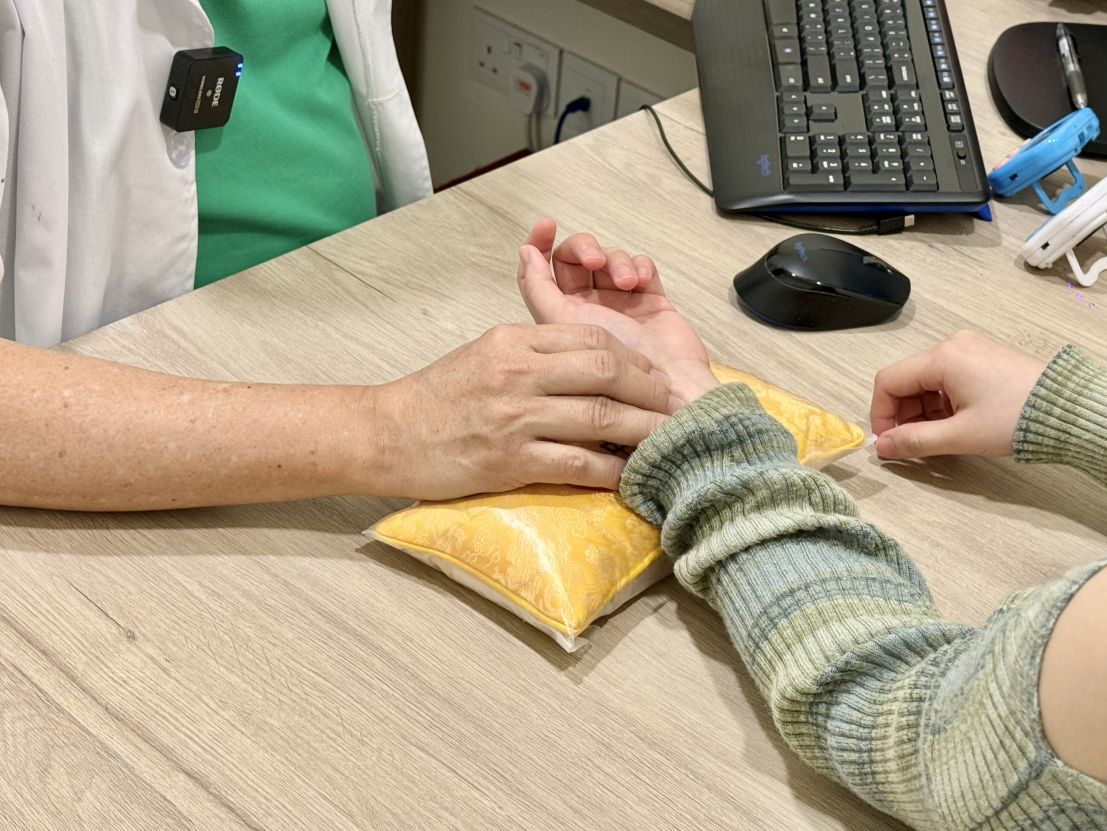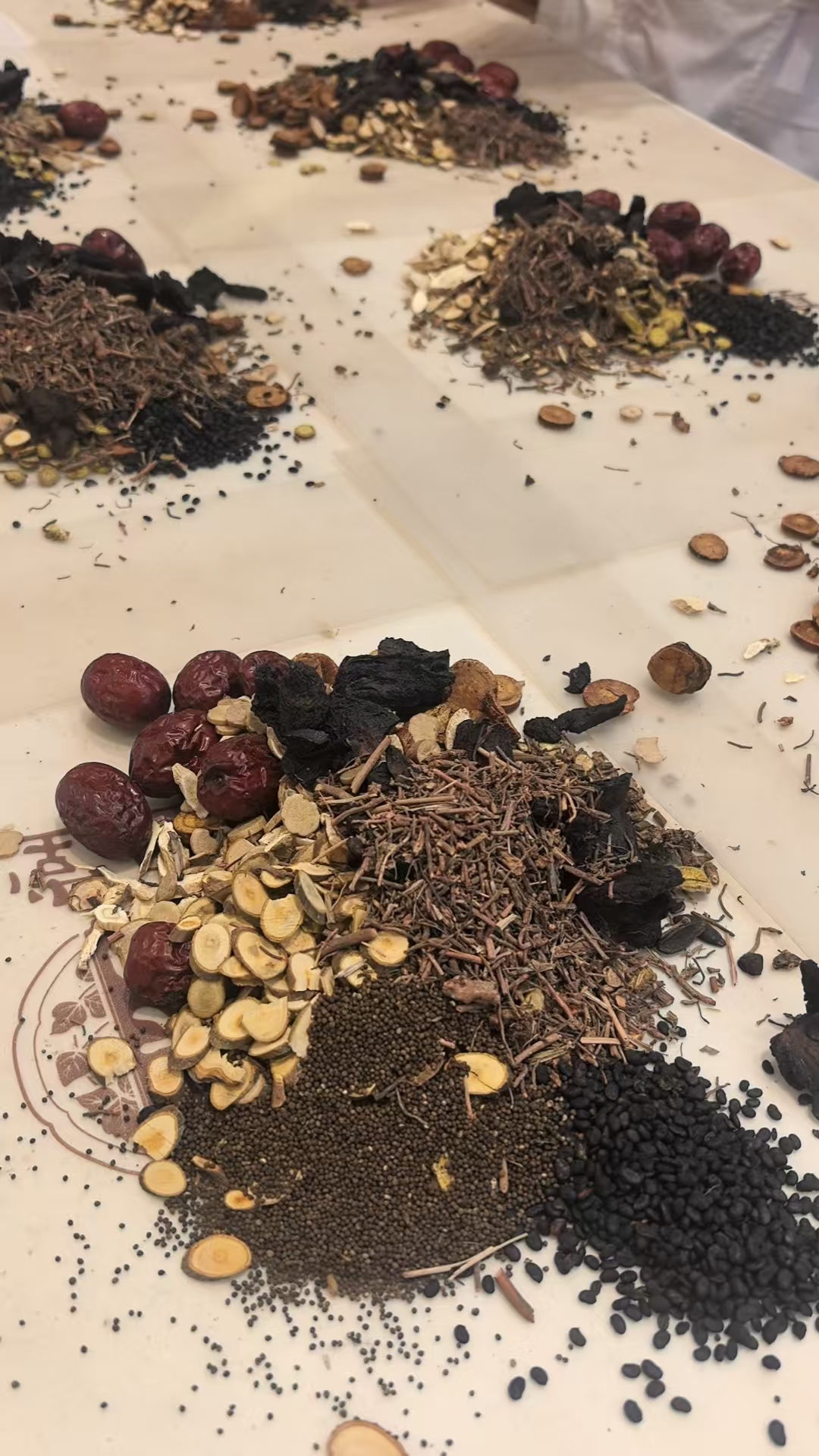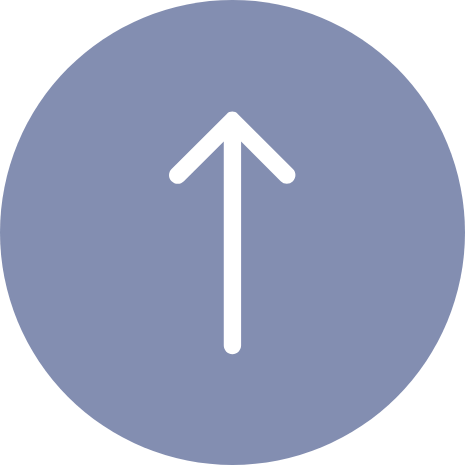Dressing suggestion: Choose loose-fitting clothing to facilitate the therapist's examination of posture and joint movement.
Fasting issue: No need to fast, but avoid treatment immediately after a full meal to prevent discomfort caused by pressure.
Medical history disclosure: Inform in advance about health conditions such as history of fractures, surgeries, osteoporosis, or cardiovascular diseases.
Headache: Tension headaches caused by cervical misalignment or muscle tension can be significantly relieved by correcting the cervical spine and releasing the shoulder and neck fascia.
Insomnia: If insomnia is related to spinal nerve compression (such as thoracic misalignment affecting the sympathetic nerves), chiropractic may indirectly improve sleep quality, but it needs to be combined with other conditioning methods.
Normal reaction: During the treatment process, the body enters a repair state, which may trigger parasympathetic nerve excitement, leading to temporary fatigue.
Recommendations: Get plenty of rest, stay hydrated, avoid high-intensity work, and usually recover within 1-2 days.
Teenagers: During the growth period, it is recommended once every 2 weeks, combined with orthopedic braces and rehabilitation training.
Adults: Mild scoliosis requires monthly maintenance, while severe cases need to be combined with physical therapy, with a treatment course lasting 3-6 months.
Applicable situation: If knee pain originates from pelvic tilt or mechanical imbalance of the foot and ankle (such as flat feet), symptoms can be alleviated by correcting the lower limb alignment.
Limitation: For arthritis or meniscus injuries, medication or surgery is required, with bone-setting serving only as an auxiliary measure.
Physiological popping sound: The noise produced by the release of gas in the joint cavity during correction, which is painless and a normal phenomenon.
Pathological signal: If accompanied by pain or limited movement, it may indicate ligament injury and requires further examination.
Qualification Certification: Verify that the physician holds a nationally recognized Traditional Chinese Medicine practice qualification or a chiropractic physician certificate.
Operational standards: Professional osteopaths prioritize detailed assessments over direct manual intervention.
Patient feedback: Refer to the institution's reputation or recovery cases, and be wary of promotions that overpromise treatment efficacy.
Correction phase: Focus on restoring joint neutral alignment through chiropractic adjustments, combined with low-intensity stretching (such as cat stretches). Consolidation phase: Incorporate core stability training (such as planks) and functional movement corrections (such as squat posture adjustments). Prohibited actions: Avoid weight-bearing or high-intensity exercise immediately after treatment.
Children and adolescents: Before the closure of the skeletal growth plates, mild deformities may be improved through pelvic correction and adjustment of the foot and ankle alignment. Adults: After the bones have set, bone-setting can only alleviate compensatory pain; surgical or orthopedic intervention is required for structural correction.
General advice: No special dietary restrictions are necessary, but excessive intake of caffeine or alcohol should be avoided to prevent exacerbating inflammation. Special case: If combined with external application of Chinese herbal medicine, the therapist may recommend avoiding raw, cold, and spicy foods to enhance the medicinal effect.
Golden period: Within 6 months postpartum, pelvic correction techniques can improve issues such as pubic symphysis separation and false hip width. Precautions: Treatment should begin after the lochia has completely discharged (usually 6 weeks postpartum), and abdominal pressure should be avoided.
Nerve compression type: such as hand numbness caused by cervical spondylosis or foot numbness caused by lumbar spine problems, chiropractic can relieve the compression. Metabolic diseases: Numbness caused by diabetic peripheral neuropathy requires combined internal medicine treatment.
Necessity: For chronic spinal issues (such as scoliosis), it is recommended to take X-rays every 3-6 months to compare and assess the correction progress. Acute injury: If symptoms do not alleviate or worsen after treatment, imaging is required to investigate potential structural damage.
Synergistic effect: Acupuncture can relax muscles, creating better conditions for bone-setting; after bone-setting, acupuncture can consolidate the circulation of qi and blood. Applicable scenarios: Patients with neck, shoulder, waist, and leg pain or chronic strain often adopt a combined treatment plan of "acupuncture first, then correction" or "correction first, then acupuncture."

